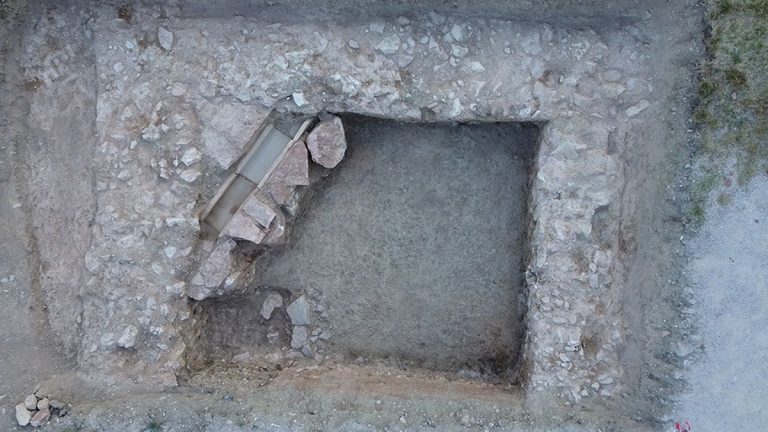A Ancient Roman The temple has much to teach us about the empire’s transition to Christianity.
According to the researchers who have just discovered it, the temple was found buried under a parking lot in Spello, about 150 km north of Rome.
“We found three walls of a monumental structure that evidence suggests belonged to a Roman temple dating from the period of Constantine,” explains Professor Douglas Boin, a researcher at Saint Louis University, USA.
Boin announced the temple’s discovery at a meeting of the Archaeological Society of America.
“It dates from the 4th century AD and would be a remarkable addition to the landscape of this corner of Italy.
“It will greatly aid the understanding of the ancient city, ancient cityscape and urban society of the late Roman Empire, as it shows the continuities between the classical pagan world and the early Christian Roman world which are often blurred or erased from the vast world. historical stories.
Boin and his collaborators were based in Spello following a tip from Emperor Constantine, the first Roman emperor to convert to Christianity. A letter written by the emperor, discovered in the 18th century, ordered the people of Spello to build a temple to Constantine’s ancestors and venerate them.
“There was a remarkable religious continuity between the Roman world and the early Christian world,” explains Boin.
“Things didn’t change overnight. Before our discovery, we never had the impression that there were actual physical and religious sites associated with this latter “imperial worship practice.”
“But because of the inscription and its reference to a temple, Spello offered very tantalizing potential for a major discovery of an imperial cult under a Christian ruler.”
Boin believes this is evidence of Imperial Rome’s slow transition to Christianity. Although Constantine was the first emperor to adopt this religion, the empire did not immediately follow suit.
Julian, who came to the throne about a decade after Constantine’s death, explicitly rejected Christianity. It did not become the official religion of Rome until 380 CE, more than 40 years after the death of Constantine.
“We’re about to give people a very visible piece of evidence that really shakes up the neat and tidy way that people think about big moments of cultural change,” Boin says.
“Cultural changes are never as big as we think when we experience them, and there are many gray areas between people’s customs and broader society and culture.
“So for this temple to potentially be a temple dedicated to Constantine’s divine ancestors as a way to worship the emperor in an increasingly Christian world at the time, it’s so bizarre and I love that we could do it. highlight.”


